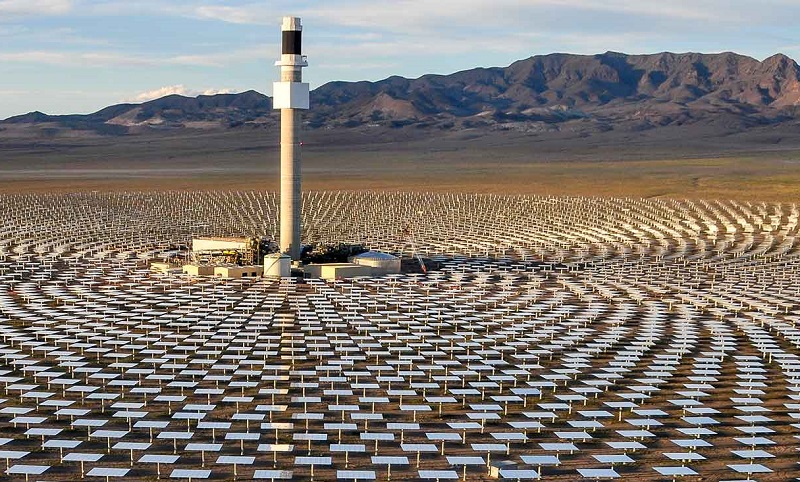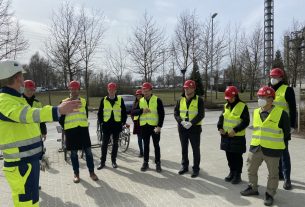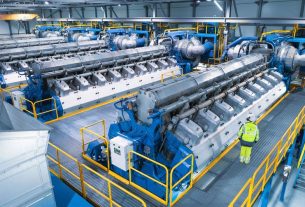USA — The U.S. Department of Energy (DOE) announced an ambitious new target to cut the cost of solar energy by 60% within the next ten years. In addition to nearly $128 million in funding to lower costs, improve performance, and speed the deployment of solar energy technologies.
Lowering the cost of solar energy is essential to accelerating deployment and achieving President Biden’s goal of a 100% clean electricity grid by 2035. To reach that goal in the next 15 years, hundreds of gigawatts of solar energy need to be installed as much as five times faster than it is now. To that end, DOE is accelerating its utility-scale solar 2030 cost target by five years – setting a new goal of driving down the current cost of 4.6 cents per kilowatt-hour (kWh) to 3 cents/kWh by 2025 and 2 cents/kWh by 2030.
Traditional solar panels convert sunlight into electrical energy using photovoltaic (PV) solar technologies. Which by 2035 could represent between 30% and 50% of electricity supply. Funding announced today through DOE’s Solar Energy Technologies Office (SETO) will support advancing two materials used to make solar cells: perovskites and cadmium telluride (CdTe) thin films.
Perovskite R&D
Perovskites are a family of emerging solar materials that have potential to make highly efficient thin-film solar cells with very low production costs. DOE is awarding $40 million to 22 projects that will advance perovskite PV device and manufacturing research and development—as well as performance through the formation of a new $14 million testing center to provide neutral, independent validation of the performance of new perovskite devices.
This new prize competition will speed entrepreneurs’ path to commercializing perovskite technologies by providing seed capital for their newly formed companies.
CdTe thin films
The National Renewable Energy Laboratory will set up a consortium to advance cheaper CdTe thin-film solar technologies, which were developed in the United States and make up 20% of the modules installed in this country. This consortium will advance low-cost manufacturing techniques and domestic research capabilities to increase opportunities for U.S. workers and entrepreneurs to capture a larger portion of the $60 billion global solar manufacturing sector.
Lifetime extension
In addition, DOE announced $7 million as part of a new funding opportunity for projects to increase the lifetime of silicon-based PV systems from about 30 years to 50 years to lower the cost of energy and reduce waste. The aim is to improve PV system components, such as inverters, connectors, cables, racks, and trackers.
CSP
The announcement also supports several concentrating solar-thermal power (CSP) projects. The new funding opportunity also includes funding for improvements to the reliability and performance of CSP plants, which can dispatch solar energy whenever it is needed. DOE also identifies new solar applications for industrial processes, which contribute 20% of U.S. carbon dioxide emissions.
The announcement also advances long-duration thermal-energy storage devices. Long-duration energy storage is critical to decarbonizing the electricity sector and couples well with CSP plants, but the cost must fall by a factor of two to unlock deployment.
Power plant
Sandia National Laboratories will receive funding to build a facility where researchers, developers, and manufacturers can test next-generation CSP components and systems and advance toward DOE’s 2030 cost target of 5 cents/kWh for CSP plants.




